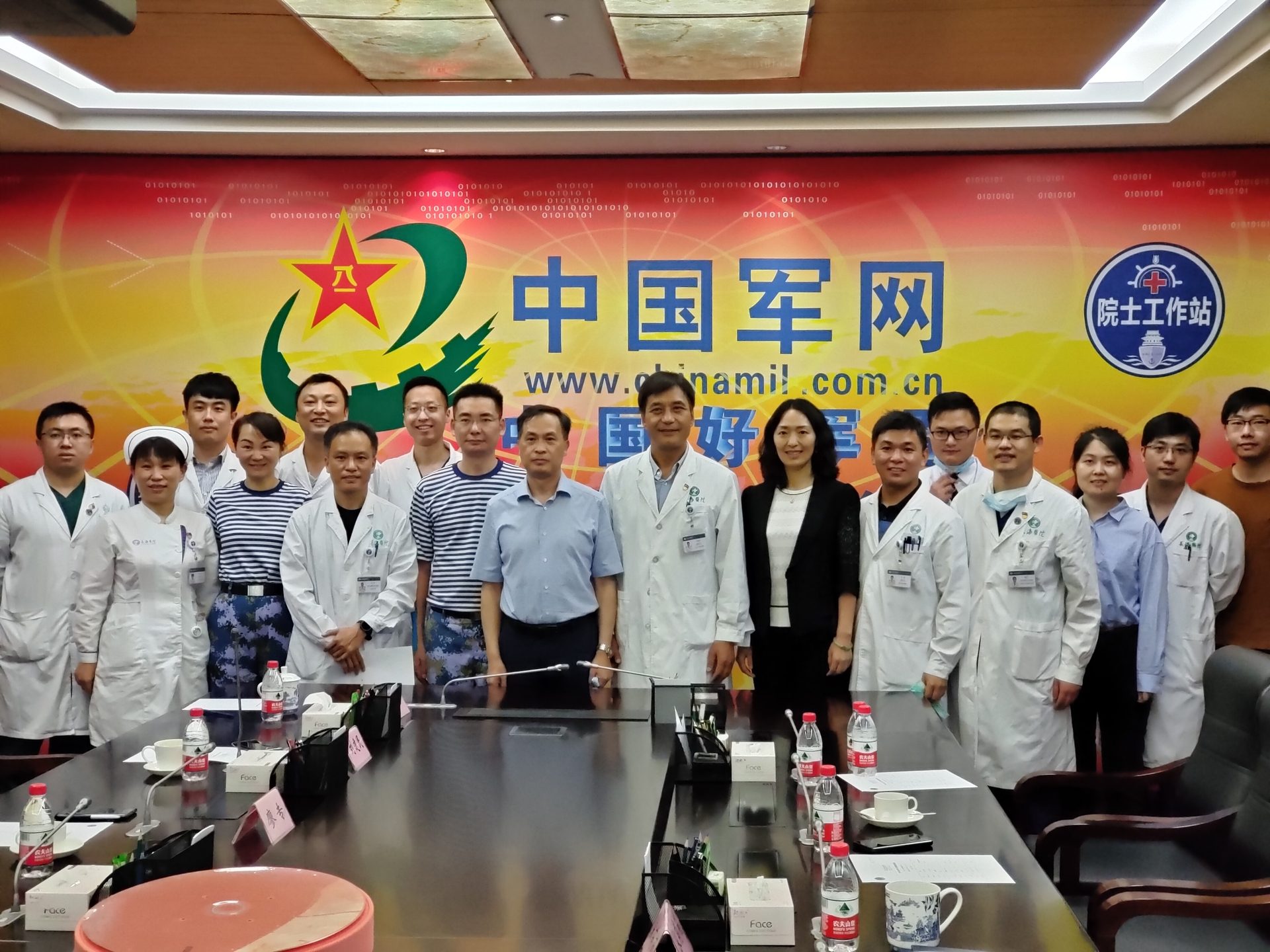
Should more intensive control of hypertension be beneficial for patients after mechanical thrombectomy for acute ischemic stroke?
On July 20, 2020, the first patient was officially enrolled in a new multicentre clinical trial, called ENCHANTED2.
The patient was managed at the Department of Cerebrovascular Diseases of Shanghai Changhai Hospital after he presented to the emergency treatment with "sudden weakness of right arm and leg". He was immediately triaged according to a Stroke Emergency Green Channel and received treatment with mechanical thrombectomy, whereby a special snare-type device is moved via a catheter inserted through the blood vessel in the groin, to be moved up to open the left internal carotid artery that was completely occluded from a clot that had developed from atherosclerosis hardening of the vessel.
As his blood pressure remained high after the procedure, he was eligible for participation in the second Enhanced Control of Hypertension and Thrombectomy Stroke Study (ENCHANTED2) to determine the most appropriate target level of control of blood pressure. Consent for this research project was obtained from a member of the patient's family, and he received blood pressure management according to the randomized target outlined in the study protocol.
ENCHANTED2 is being rolled out across over 70 hospitals in China, as a research project commissioned by the Stroke Prevention and Treatment Engineering Committee of the National Health Commission, and jointly initiated and coordinated by Shanghai Changhai Hospital and The George Institute China, with Professor Jianmin Liu and Professor Craig Anderson being the co-principal investigators for the study.
The study aims to determine the most appropriate level of blood pressure control in over 2000 patients who have received mechanical thrombectomy for the most severe type of acute ischemic stroke caused by an occlusion of a large blood vessel to the brain. This study is first large clinical trial to address this important clinical and research question, with the intention of providing the highest-level evidence for guideline and policy recommendations.
Successful enrolment of the first patient is a prelude to expansion of this large study, providing confidence to achieve rapid advancements through the joint efforts and support of staff in many parts of China, and hopefully in overseas sites should there be potential for international expansion.
So what is the best level of control of hypertension after successful mechanical thrombectomy? ENCHANTED2 study will provide the answer in the next few years!


